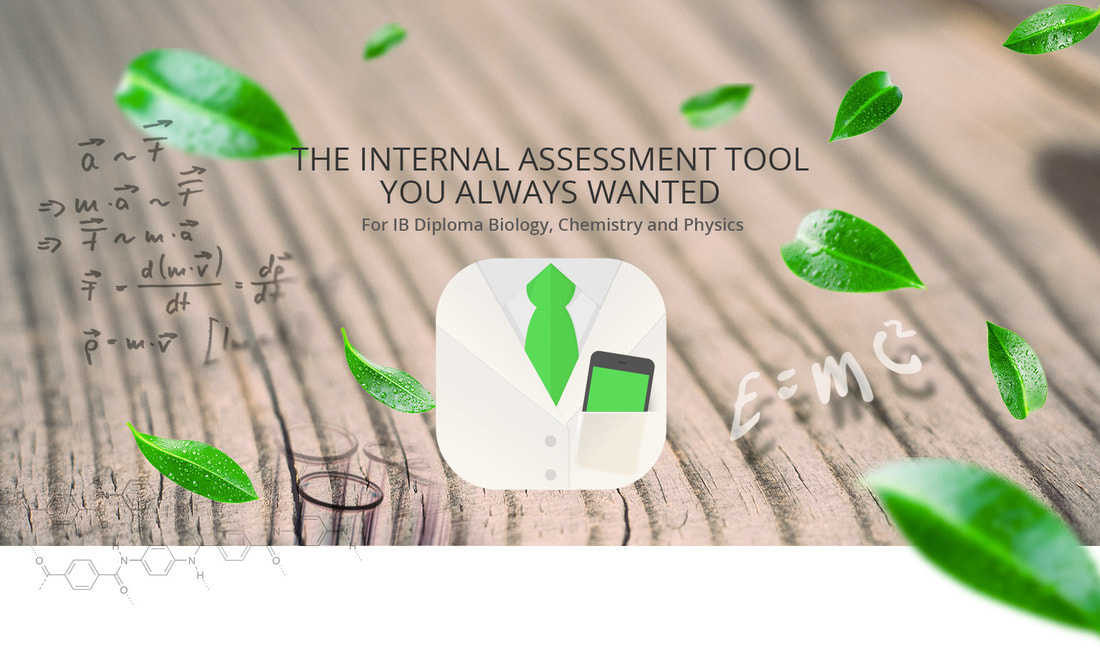Bioknowledgy is excited to present IBWriteThis is a tool developed by a Biology teacher, Luiz Mello to help both teachers and students with the internal assessment component of the natural science courses. In keeping with the ethos of BioKnowledgy Luiz has agreed that 15 USD of each purchase by a BioKnowledgy user will go to charity Ray of Light Cambodia. Please make sure to mention Bioknowledgy when you purchase IB Write.
What is IB Write?FOR TEACHERS it helps manage materials requests, monitor individual student progress and provide feedback through the entire writing process.
FOR STUDENTS it makes writing the IA easier by using guiding questions that align the writing with assessment criteria. It doesn’t tell students ‘what to write’; it asks questions to get students thinking when they’re stuck. To find out more visit it's website. |

|
|

